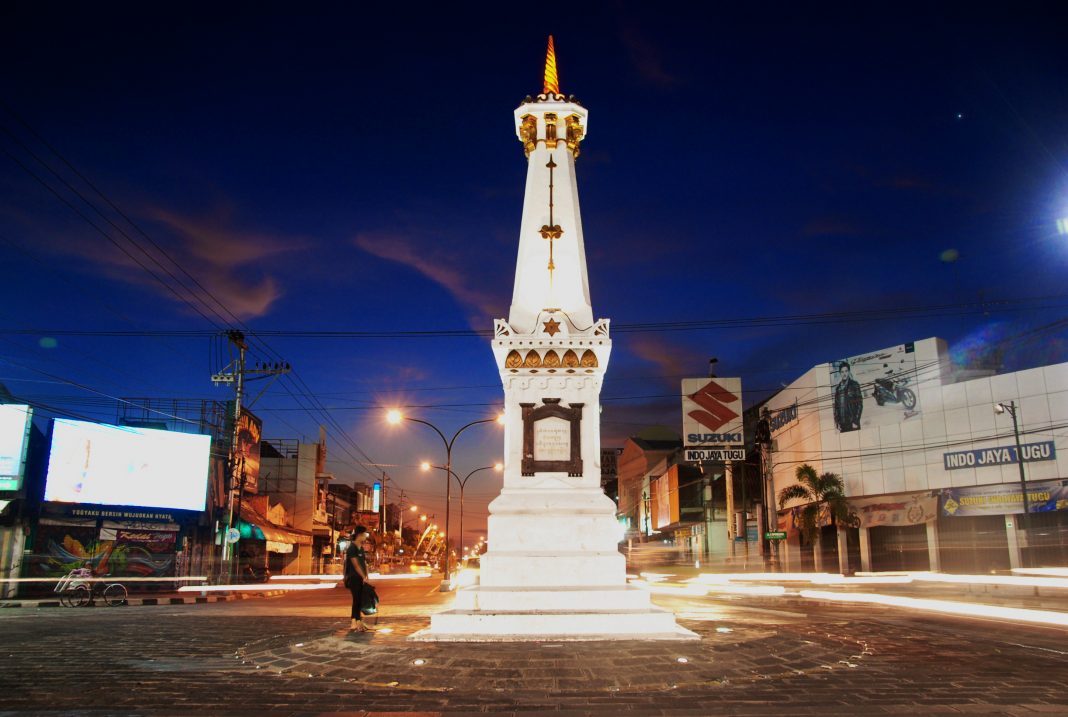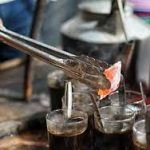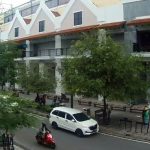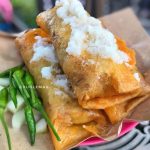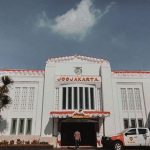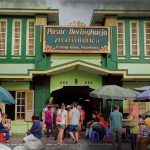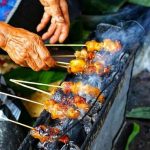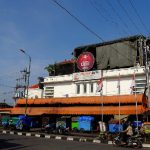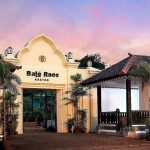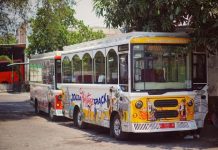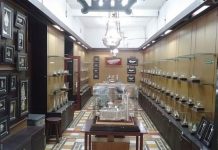1Kopi Jos
“Enjoying the morning, afternoon and evening time, a cup of hot coffee will be relaxing without limits”, that’s a piece of the lyrics of the song Indie Holidays sung by Endah & Rhesa singers. The sentence describes how good it is to sip a hot cup of coffee. Along Margo Mulyo street, we can also enjoy a cup of typical Jogja coffee, this coffee is known as Kopi Jos. Kopi Jos is hot black coffee that is given a charcoal which is still burning. The sound effect of mixing charcoal with hot coffee which is then called Kopi Jos. According to some people, Kopi Jos has properties as an antitoxin, because the carbon content in charcoal can absorb the caffeine in coffee. Want to feel the pleasure? There’s nothing wrong with trying to taste a cup of Kopi Jos while enjoying the mystical atmosphere of the Philosophy land.
2Malioboro Mall
Malls are indeed closely related to modernization, some people even consider the progress of a city to be seen from the establishment of the shopping center building. Then what is so special about Malioboro Mall that it is included as one of the legendary places along the philosophy land? Especially because this mall, which is located on Malioboro street, is the first mall to be established in the city of Jogja. To be precise, this mall was founded on November 27, 1993. Malioboro Mall is a milestone for modernization in Jogja.
3Lumpia Samijaya
Lumpia is known as a typical Semarang food. However, in Jogja we can also find spring rolls whose name is very legendary, namely Lumpia Samijaya. This spring roll shop does not have an official name, but people are more familiar with the name Samijaya because it is located in front of the Samijaya shop. Even though it is legendary, we will not find a stall or restaurant, only an “emplek-emplek” stall. The spring rolls which are located on Malioboro street do serve a very good menu. There are 3 variants of menu that we can taste, namely regular, chicken and special. For the price, don’t worry, because it fits perfectly into the pockets of students. The regular spring rolls are priced at Rp. 2000, chicken spring rolls Rp. 3000, and the special spring roll for Rp. 3,500. Do you want to taste it?
4Tugu Station
Tugu Station or its official name Yogyakarta Station is one of the entrances to Jogja. It started operating in 1887 by the Dutch government, 15 years after the first major station in Jogja, Lempuyangan Station. Initially the station, which is located at the southern end of Margo Utomo street, operated to transport agricultural products in the Yogyakarta and surrounding areas. It was only in 1905 that the Tugu Station was opened to transport passengers. The landmark shape of this station is the entrance, although it has undergone a change from its original form, the shape of the entrance is now able to represent the characteristics of Tugu Station.
5Beringharjo Market
The market is a very essensial component for a city. Traffic and economic circulation occurs in this place. Every city is always equipped with market facilities. The city of Jogja is no exception, which also has a main market called Pasar Beringharjo. The market, which is also located along the axis of this philosophy, was once a banyan forest, then shortly after the palace was founded in 1758, the community used it as a market activity. It wasn’t until 1925 that permanent buildings were erected on top of the area. Until now, Beringharjo Market is still standing strong. A wide variety of goods and food can be found in this ± 2.5 ha market. It is not surprising that Beringharjo Market is one of the tourist destinations in Jogja City.
6Sate Kere Beringharjo
Smoke puffs appear in the crowded Beringharjo Market, not just one point, but the smoke comes from various places in the corners of the market. But don’t worry, the smoke isn’t fire smoke or something bad. The smoke comes from the satay kere traders. Yeah, kere satay!! One of the foods that we must taste when crossing the Beringharjo Market. Sate kere is beef satay lard. From the smell, we can think that this satay is delicious to eat. It is called sate kere because it is made from lard, not meat, because meat is a food that is identical to the rich, while lard is considered the food of the kere (poor). One stick of this satay is sold for IDR 2,500.00. There is nothing wrong with trying one of these unique foods.
7Mirota Batik
Hearing Mirota’s words, of course that’s familiar for us. Mirota is a well-known company in Yogyakarta. Names such as Mirota Bakery, Mirota Kampus, Mirota Pasar Raya, and Mirota Batik. It is all one company owned by Hamzah Sulaiman. One of his efforts that stands along the philosophical land is Mirota Batik. The shop, which is located in front of Beringharjo Market, was pioneered in 1977. It used to be a Beverage and Tart Bakery which was later abbreviated as Mirota. Then it developed into a souvenir shop that sells various kinds of typical Jogja handicrafts, batik, traditional medicines, food, antiques, etc.
8Bale Raos
Want to taste the typical food of the Kraton Jogja plus the atmosphere of the palace? Please visit Bale Raos Resto. Judging from its age, this restaurant is still young, to be precise in 2004, but even so, Resto Bale Raos is very legendary. Bale Raos is located in the Kraton Ngayogyakarta Hadiningrat neighborhood, precisely in the Magang complex. In addition to the special kraton menu, the menu served is the favorite food and drink menu of the kings of the Ngayogyakarta Hadiningrat Palace, such as: Urip-urip gulung (HB VII’s favorite menu), Javanese Beer (HB VIII), Semur Piyik (HB IX), Bebek Suwar -Suwir (HB X), etc. If you are interested, Bale Raos Resto is open every day from 09.30-21.30 p.m.
source: Mayangkara

